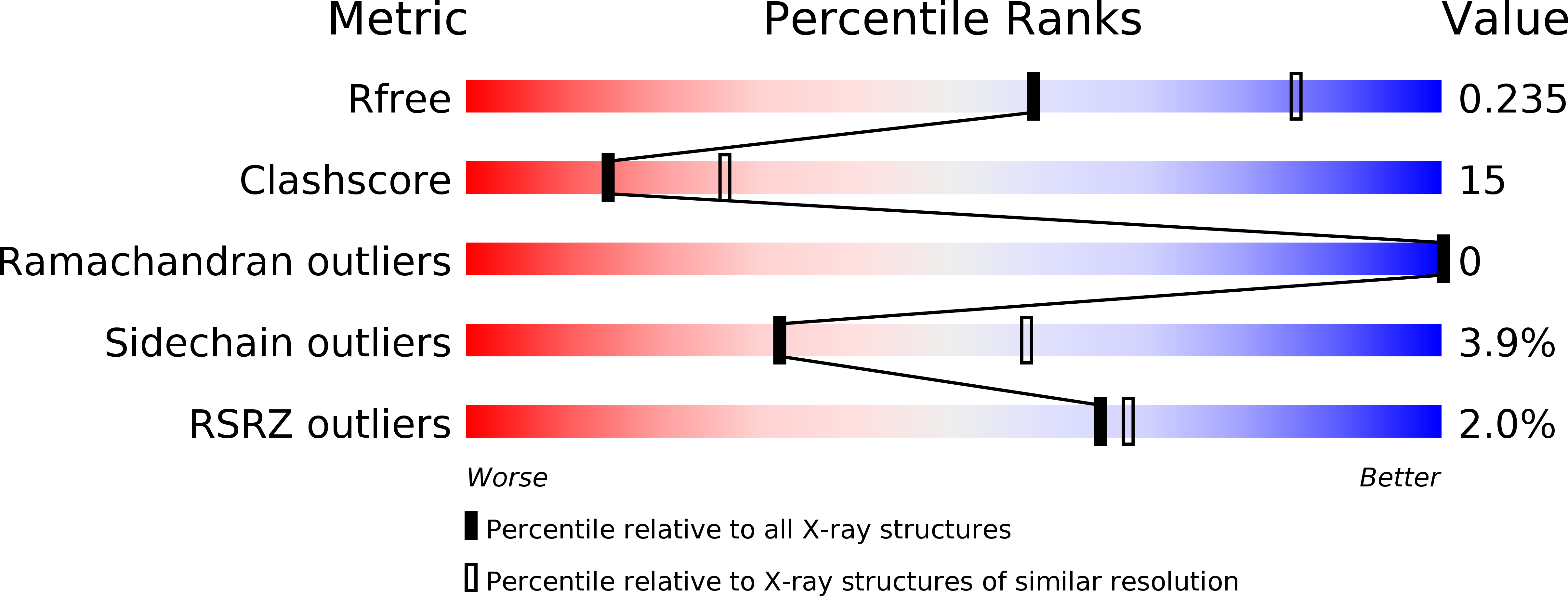
Deposition Date
2006-12-20
Release Date
2007-03-20
Last Version Date
2023-12-13
Entry Detail
PDB ID:
2JC7
Keywords:
Title:
The crystal structure of the carbapenemase OXA-24 reveals new insights into the mechanism of carbapenem-hydrolysis
Biological Source:
Source Organism:
ACINETOBACTER BAUMANNII (Taxon ID: 470)
Host Organism:
Method Details:
Experimental Method:
Resolution:
2.50 Å
R-Value Free:
0.23
R-Value Work:
0.19
R-Value Observed:
0.19
Space Group:
P 41 21 2


